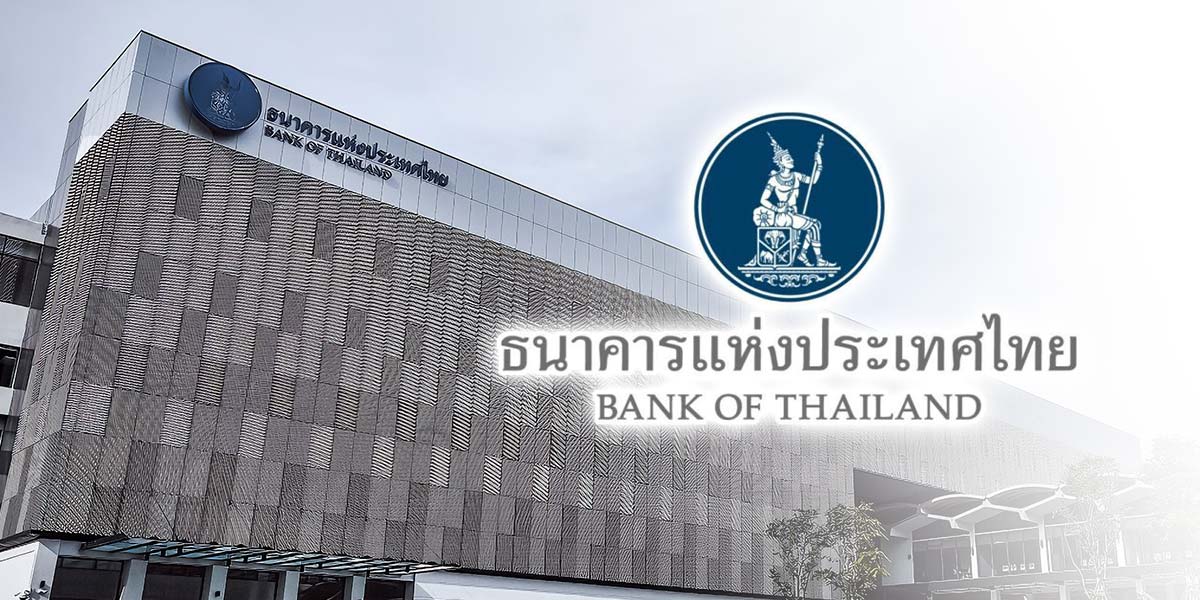JPMorgan remains out-of-consensus in its prediction of another 25 basis point rate cut by the Bank of Thailand at this Wednesday’s MPC meeting, anticipating further policy easing to support the Thai economy.
This contrasts with the majority of market expectations, as reflected in the Bloomberg survey, where only a minority expects a rate cut. Should the Bank of Thailand proceed with the rate cut, it may signal increased concerns about domestic growth momentum and subdued inflation, as well as potential efforts to underpin economic recovery amid external uncertainties.
JPMorgan’s stance stems from several considerations. Firstly, the firm’s base case foresees the effective US tariff rate climbing from 14% to 18% in the second half of 2025. This scenario includes higher reciprocal tariffs placed on ASEAN countries, intended to curb trans-shipment from China, and aligns with the BoT’s “alternative scenario” that predicts Thai GDP growth of just 1.3% in 2025—significantly below the reference forecast. Although the full impact of these tariffs will not be clear until after the 90-day truce ends in mid-July, the central bank may be forced to cut rates more aggressively in upcoming meetings (August, October, December) if it delays action now.
Secondly, JPMorgan underscores that Thailand’s economic challenges are intensifying, regardless of US trade developments. Since the last MPC gathering in April, signs of domestic fragility have multiplied. The latest figures reveal renewed weakness in private consumption, exacerbated by declining farm incomes, restricted access to credit, subdued tourism arrivals, and an absence of significant fiscal stimulus—particularly following the latest postponement of the digital wallet program’s third phase. Although exports and manufacturing have shown resilience in recent months, these gains appear transitory, boosted by businesses rushing orders ahead of expected tariff hikes—a trend likely to sap future demand. Critically, manufacturers remain reluctant to increase private capital expenditure due to persistent policy and tariff uncertainties.
Given the dynamic and forward-looking nature of monetary policy, JPMorgan believes the BoT should proactively deliver a rate cut in June. However, the outcome could still hinge on how the evolving tariff situation is weighing on policymakers’ decisions this month, leaving room for the central bank to opt for a wait-and-see approach.





